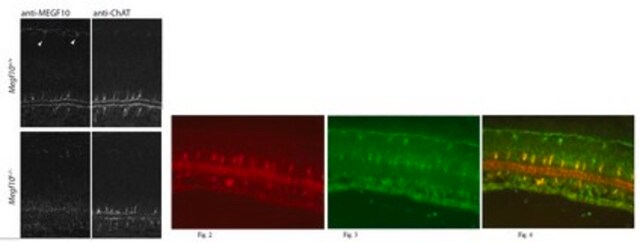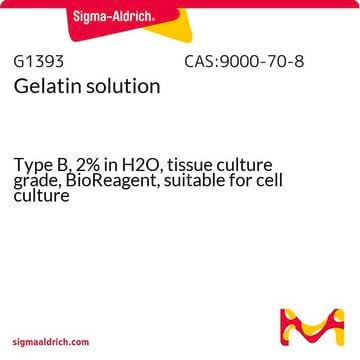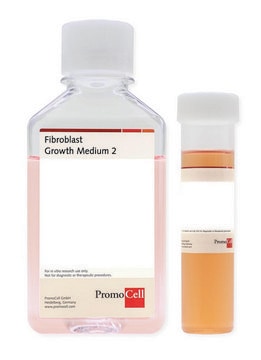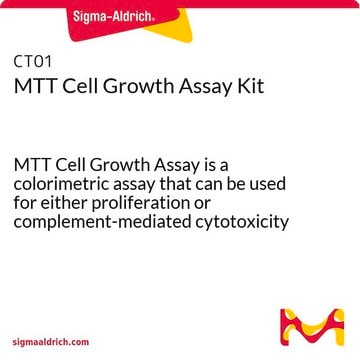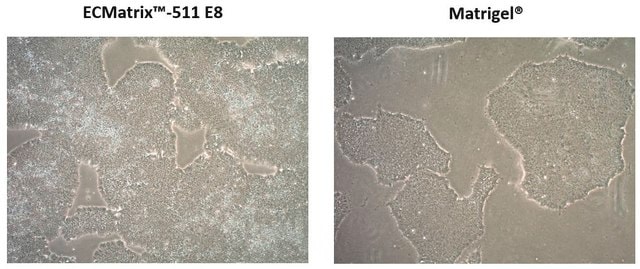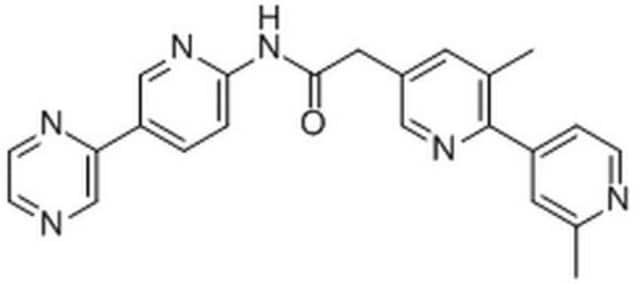AB9084
Anti-Polycystin-L Antibody
serum, Chemicon®
Synonim(y):
Anty-PCL, Anty-PKD2L, Anty-PKDL, Anty-TRPP3
About This Item
Polecane produkty
pochodzenie biologiczne
rabbit
Poziom jakości
forma przeciwciała
serum
rodzaj przeciwciała
primary antibodies
klon
polyclonal
reaktywność gatunkowa
mouse
producent / nazwa handlowa
Chemicon®
metody
immunocytochemistry: suitable
immunohistochemistry: suitable
western blot: suitable
numer dostępu NCBI
numer dostępu UniProt
Warunki transportu
dry ice
docelowa modyfikacja potranslacyjna
unmodified
informacje o genach
mouse ... Pkd2(18764)
Specyficzność
Immunogen
Zastosowanie
Metabolism
Renal Physiology
Immunocytochemistry: 1:1,000
Immunohistochemistry: 1:1,000 overnight at 2-8°C using a fluorescently labeled secondary antibody. Suggested fixative is 4% paraformaldehyde in 0.1M PBS (one hour). Suggested permeablization method is 0.05% Triton X-100 in dilution buffer. Suggested blocking buffer is 10% normal goat serum (or same host as your secondary antibody) and 1% BSA in 0.1M PBS. Suggested dilution buffer is 1% normal goat serum (or same host as your secondary antibody) and 1% BSA in 0.1M PBS.
Optimal working dilutions must be determined by the end user.
Komentarz do analizy
POSITIVE CONTROL: adult mouse retina
NEGATIVE CONTROL: adult mouse lung
Informacje prawne
Oświadczenie o zrzeczeniu się odpowiedzialności
Nie możesz znaleźć właściwego produktu?
Wypróbuj nasz Narzędzie selektora produktów.
Kod klasy składowania
10 - Combustible liquids
Klasa zagrożenia wodnego (WGK)
WGK 1
Temperatura zapłonu (°F)
Not applicable
Temperatura zapłonu (°C)
Not applicable
Certyfikaty analizy (CoA)
Poszukaj Certyfikaty analizy (CoA), wpisując numer partii/serii produktów. Numery serii i partii można znaleźć na etykiecie produktu po słowach „seria” lub „partia”.
Masz już ten produkt?
Dokumenty związane z niedawno zakupionymi produktami zostały zamieszczone w Bibliotece dokumentów.
Nasz zespół naukowców ma doświadczenie we wszystkich obszarach badań, w tym w naukach przyrodniczych, materiałoznawstwie, syntezie chemicznej, chromatografii, analityce i wielu innych dziedzinach.
Skontaktuj się z zespołem ds. pomocy technicznej